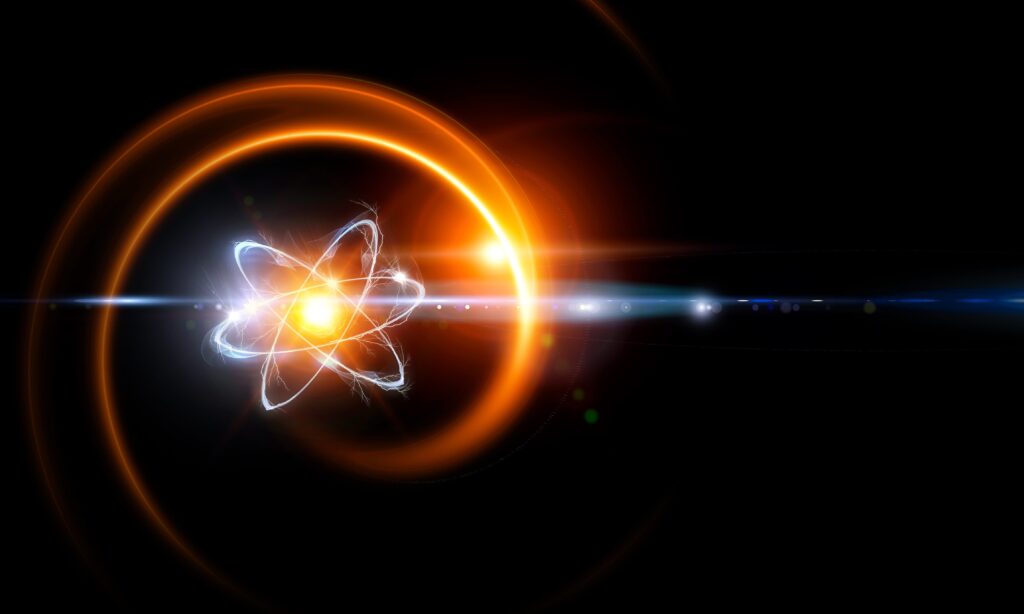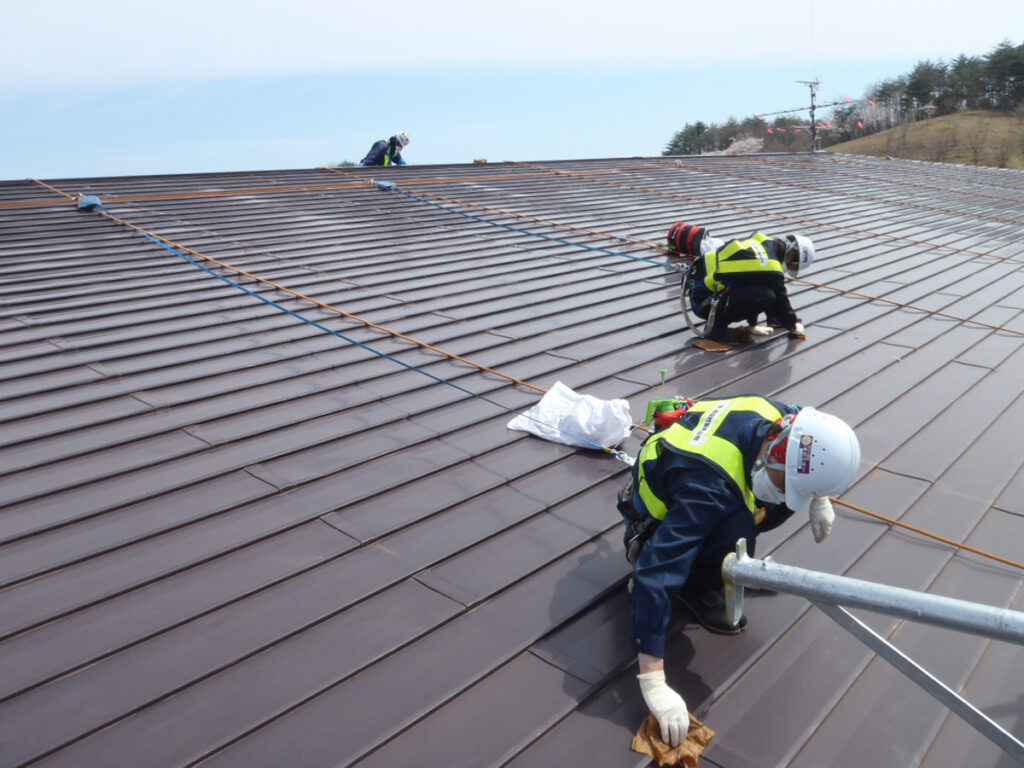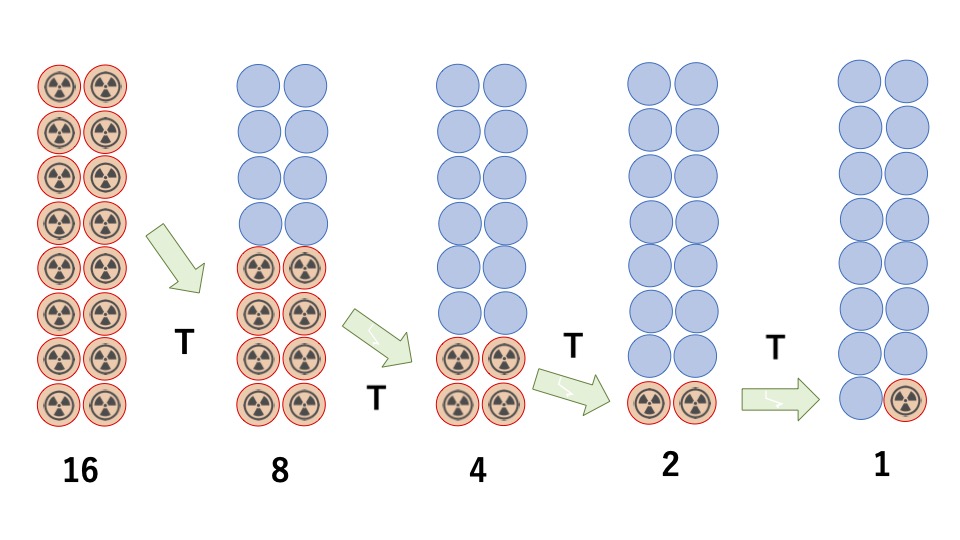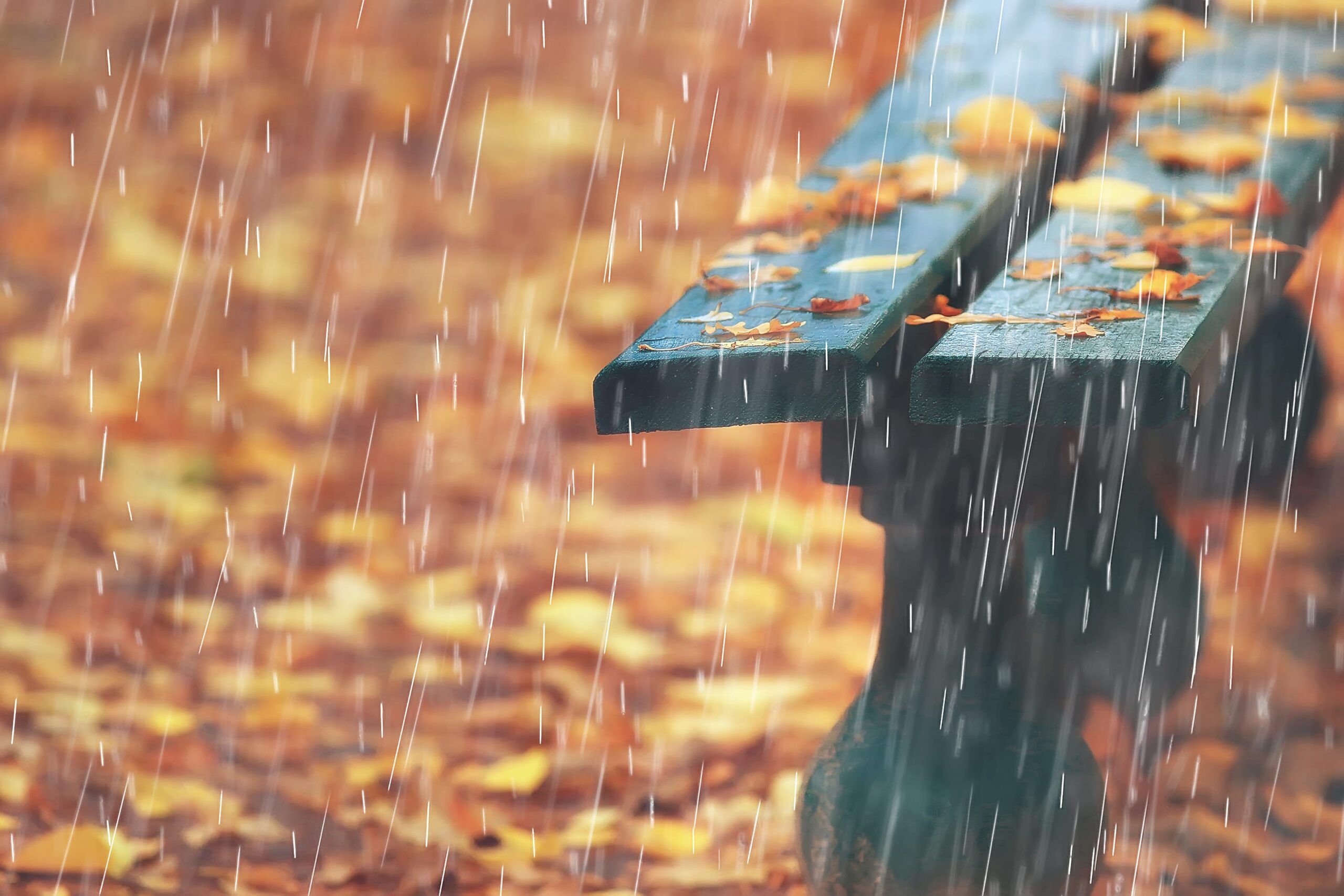Hello, everyone. My name is Daichi, an expert providing the information on the radiation issues in an easy-to-understand manner.
As a continuous work of the previous article, I would like to respond to the following questions:
– Why has air dose rate decreased after the accident of the Fukushima Daiichi NPP?
– Why has reduction rate of the air dose rate decreased?
Table of contents of this article
- Environmental contamination caused by the accident of the Fukushima Daiichi NPP (Vol. 2)
- Reasons why has air dose rate decreased after the accident of the Fukushima Daiichi NPP
- Decay of atom cores
- Decontamination
- Influence caused by wind and rain
- Reasons why reduction rate of the air dose has decreased
- Physical half-life
- Become less influenced by wind and rain
- Summary
I have been involved with the radiation-relevant issues, like the policy on the decontamination activities and the management of the Interim Storage Facility, after the accident of the Fukushima Daiichi Nuclear Power Plant in 2011.
I received a doctorate in the field of radiation, while working in Fukushima.
Environmental contamination caused by the accident of the Fukushima Daiichi NPP (Vol. 2)
As touched upon at the beginning of this article, lots of kinds of radioactive materials were released into the environment, but, as a result of air-borne monitoring, it has become apparent, that air dose rate has decreased as a whole with time, and reduction rate has also decreased.
In the following reasons for the phenomenon will be covered.
Reasons why air dose rate has decreased after the accident of the Fukushima Daiichi NPP
Maybe there are other reasons, but major three reasons are raised below.
Decay of atom cores

As touched upon in this article, after radioactive materials emit radiation, they change into more stable materials, which don’t emit radiation (stable isotope).
It means, that even if nothing is done, if there are no additional radioactive materials coming into the environment, the number of radioactive materials is supposed to decrease with time, although its rate is different between radioactive materials.
Decontamination

Reference of the picture: Decontamination archive site
With regard to decontamination, detail is explained in this article, but it is a method in order to reduce impact caused by radiation to surrounding areas, for example, by removing radioactive materials, or covering/shielding them with other materials.
Of course, decontamination activities have not been implemented in all areas of East Japan, where radioactive materials were deposited.
Therefore, the effect of decontamination limits in quite small and local areas, when compared with whole wide range of areas, but it contributed to reduction of air dose rate of the areas, where the decontamination activities were implemented.
Influence caused by wind and rain

It will be covered in the following sections, but there are some kinds of radioactive materials, which are likely to be influenced by wind and rain, in other words, likely to move to other locations, especially shortly after they were deposited onto the ground.
It means, that part of the radioactive materials deposited onto the ground, could move to other places, like rivers, lakes, ponds and further to the ocean, with wind and rain.
Especially in water environment, shielding effect of water works and less radiation comes out onto the ground, and that could lead to decrease of air dose rate.
Reasons why reduction rate of the air dose has decreased
Then, why has reduction rate of air dose rate decreased with time?
2 major reasons are taken as examples below, although there might be others.
Physical half-life
As aforementioned, radioactive materials change into more stable materials (called ‘stable isotopes’, contrasting with ‘radioisotope’) after emitting radiation.
And their reduction rate is different between radioactive materials, and each radioactive material has its own time for the number at the moment to become half.
Maybe the following figure as an exmple could help you understand better, given that at first there are 16 radioactive materials, and if the time for the 16 materials to become by half, or 8, is defined as ‘T’, the time for the 8 materials to become 4, is also ‘T’, and the times for the 4 and 2 materials to become 2 and 1, respectively, are also ‘T’.
As this figure depicts, first, the reduction number of radioactive materials during the time ‘T’ is 8, but it decreases into 4, 2 and 1, during the same duration of time ‘T’.
It means, that the number of radioactive materilas, which decreases during the same time duration, decreases with time.
This is one of the reasons why reduction rate of air dose rate decreases with time.

By the way, this time ‘T’ is called ‘half-life’, or ‘physical half-life’ to distinguish with other kinds of half-life (e.g. biological half-life, effective half-life).
For the detail regarding physical half-life or other information on radioactive materials released after the accident of the Fukushima Daiichi Nuclear Power Plant, please visit this article.
Become less influenced by wind and rain

It is mentioned above, that wind and rain was one of the reasons of reduction of air dose rate, but this effect becomes less with time.
One of the reasons for this phenomena, is that radioactive materials migrate into places, where they get less influenced by wind, rain and other meteorological phenomenon.
Shortly after the accident, many of the radioactive materials were places, where they were likely to be influenced by natural phenomenon, e.g. canopy of forests, or surface of roads.
They, however, gradually deposited onto the ground, and further go into deeper part of soil layer or between objects, where they are unlikely to be physically made influenced.
Another reason, is a change in terms of chemical structure.
Radioactive cesium, which usually makes impact on the environment for a long time, after the accident of Nuclear Power Plant.
The proportion of radioactive cesium, which is likely to be dissolved in water (exists in a dissolved form), is high shortly after the accident.
After that, the radioactive cesium changes its form and the proportion of radioactive cesium gradually increases, which is adsorbed moderately to negative charges in soil particles (exists in an exchange form), and further the proportion of radioactive cesium increases, which is structurally firmly adsorbed to soil particles, as well as negative charge in soil particle (exists in a fixed form)(An example of reference is this academic thesis (in Japanese).)
In other words, radioactive cesium, which is likely to migrate with water flow shortly after it is released into the environment, becomes unlikely to migrate into water environment, once it is adsorbed to soil particles (as long as the soil particle itself doesn’t move into water environment).
This is the basic reason, why the effect of reduction of air dose rate derived from wind and rain decreases with time.
By the way, regarding the radioactive materials which are especially needed to be cared about after an accident of a nuclear power plant, please also visit this article.
Summary
As a continuous work from the previous article, this article elaborates reasons, why air dose rate has decreased after the accident of the Fukushima Daiichi NPP, and why reduction rate of the air dose rate has decreased.
First, as reasons for reduction of air dose rate, the following main three reasons are covered.
– Decay of atom cores
– Decontamination
– Influence caused by wind and rain
For the next, as reasons for decrease of reduction rate of the air dose rate, the following main two reasons are covered.
– Physical half-life
– Become less influenced by wind and rain
By the way, above-mentioned contents are summarized in the following videos.
It would be appreciated to visit them at your convenience.
– Japanese version
– English version
You can read the same article in Japanese here.
Thank you very much for reading this article.
See you next time!



コメント